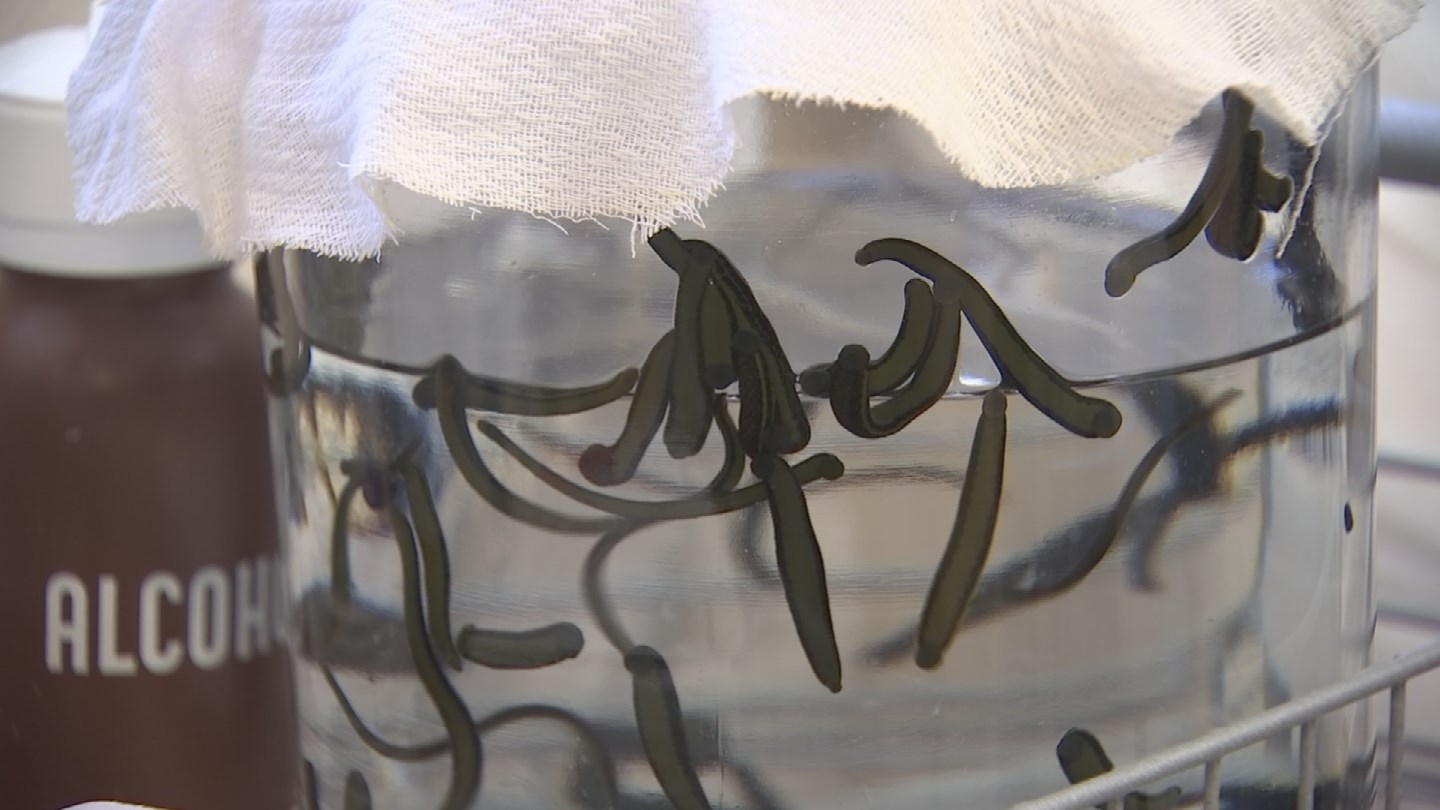

It is interesting to note that it is only relatively recently that the Food and Drug Administration (FDA) of the United States approved the leech as a medical device in 2004. There has even been a report of its successful but unconventional use in the management of a digital paronychia. In plastic and reconstructive surgery medicinal leeches have been used to augment venous outflow in congested microvascular and pedicled flaps as well as in distal body parts including digits, nipples and ears. However, scientific interest in leeches, particularly in the biological properties of their saliva did not disappear and the leech has since established several new niches. The late 19th century brought major advancements in the fields of physiology, pathology and therapeutics and the use of medicinal leech therapy fell out of favour. So popular was the practice of bloodletting during the late 18th and early 19th century that governments across Europe made significant investments into the development of leech farms, while leeches were often trafficked across the world to meet rising demands. Bloodletting, particularly during periods of ‘plethora’, ‘congestion’ or ‘inflammation’ was thought to relieve the body of excess blood and thus restore equilibrium for optimum bodily function. In Ancient Rome, the use of leeches for bloodletting was propagated by Galen’s ‘humoral concept of disease’ in which illness was thought to be due to an imbalance in one of the four bodily humors (blood, yellow or red bile, black bile and phlegm). It has survived rapid paradigm shifts in medical sciences and knowledge. The medicinal leech (Hirudo medicinalis) has played a role in treating illness for over 3500 years.


 0 kommentar(er)
0 kommentar(er)
